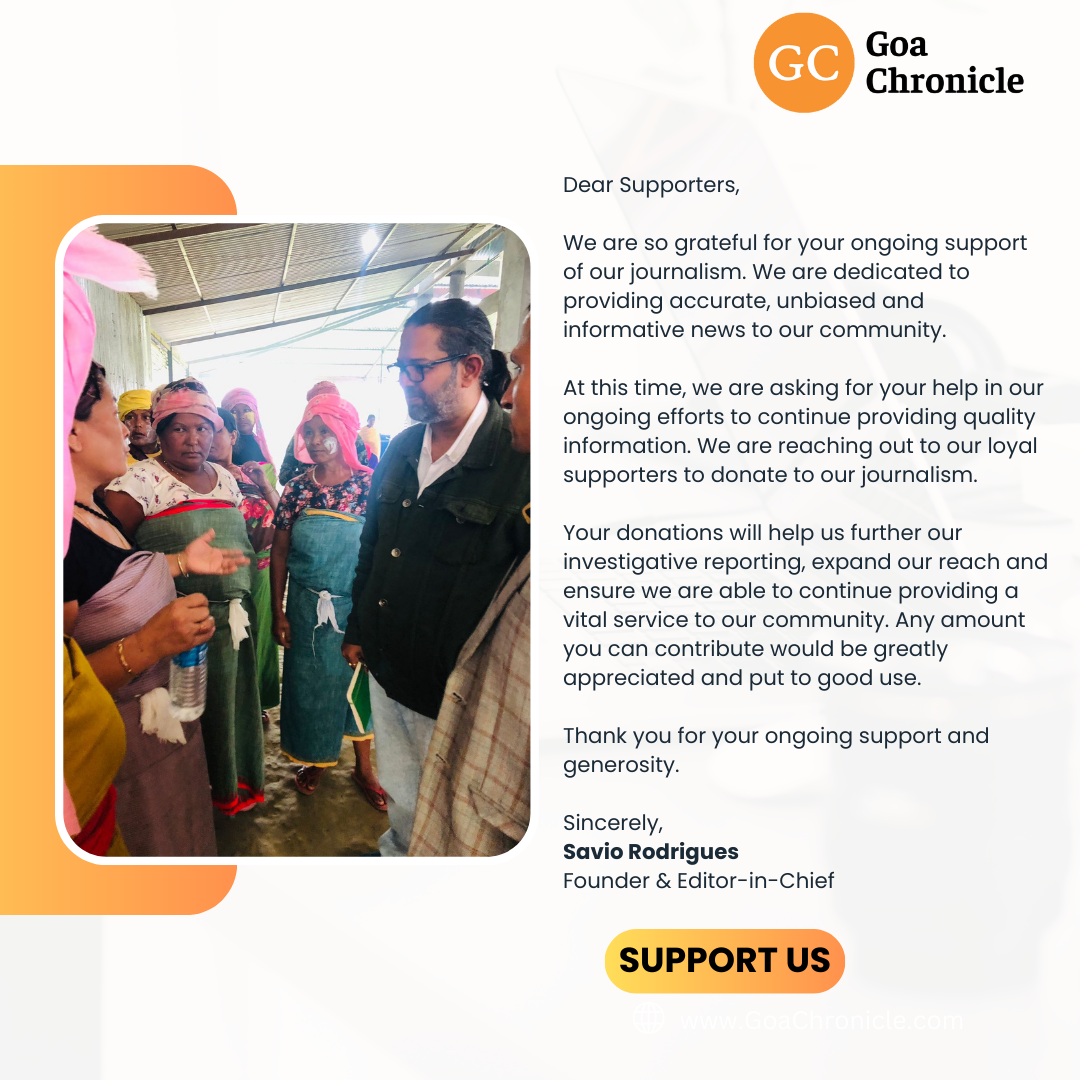Thiruvananthapuram: Seeking clarity over mystery behind the boat tragedy which killed Revolutionary Malayalam poet N. Kumaran Asan in 1924, pro-RSS Bharatheeya Vichara Kendram has urged the Left Government in Kerala to release the inquiry commission report in its complete form on the tragic death of the poet, who exposed the Islamic genocide of Hindus through his poem Duravastha (Bad Situation) following the Malabar Rebellion in 1921.
Demanding justice for the great social reformer and philosopher, Vichara Kendram passed a resolution urging the Government to release the entire probe report on the occasion of the 150th birth centenary celebrations of Kumaran Asan in 2023.
On January 16, 1924, twenty-four people including the poet died by drowning, when Redeemer, the boat they were traveling capsized in River Pallana in Alappuzha. His body was recovered after two days and the place where his mortal remains were cremated is known as Kumarakodi, near Pallana in Alappuzha.
The Vichara Kendram raised the issue after many social organisations and historians expressed doubt over the alleged hand of radical Islamists of that time in the death of the poet, who was one of the triumvirate poets of modern Malayalam and a disciple of spiritual leader and social reformer Sree Narayana Guru.
Kumaran Asan was also the first general secretary and founder of Sree Narayana Dharma Paripalana (SNDP) Yogam which was formed with an aim to uplift socially downtrodden in the society.
In 1913, Asan was elected to the Sree Moolam Popular Assembly of Travancore (Sri Moolam Praja Sabha), the 1st popularly elected Legislature in the history of India. Asan was awarded the prefix ‘Mahakavi’ (great poet) by the Madras University in 1922.
Earlier, claiming radical Islamists plotted to sink the boat and kill Kumaran Asan over his poem, several Hindu organisations were asking the detailed report on the century-old boat accident.
Though the Malabar Rebellion began as a resistance against the British colonial rule in Kerala’s Malabar region, later it turned against Hindus and ended up in their massacre by Islamists in the region.
There were allegations that the boat crew might have been influenced as part of the conspiracy to kill the revolutionary poet who exposed the ordeals suffered by Hindus during the historic Malabar Rebellion of 1921, and the poet, who was an able swimmer and in good health, might not have drowned or sunk along with the boat if the doors of his cabin were not locked from outside.
“Soon after the boat tragedy, the then Travancore Government had appointed a commission to probe the incident. With in two months, the commission had submitted its report, which was not released till this time in its full form,” the Vichara Kendram resolution said.
“However, the report was partially published in the Kerala Archives Newsletter by its editor Dr Ibrahim Kunj in December 1979. In that report, he mentioned that the entire probe report having file number 21035/ER6/79/GAD dated 22-02-1979, is available in the Government Secretariat Cellar,” the resolution pointed out.
The resolution was passed by the Bharatheeya Vichara Kendram State Committe presided over by its President Dr CV Jayamoni and attended by its Director R Sanjayan, General Secretary KC Sudhir Babu, Dr CM Joy, Dr KN Madhusudanan Pillai, Dr N Santhoshkumar, S Rajan Pillai, R Rajeev, KV Rajasekharan and Organising Secretary V Mahesh.
































